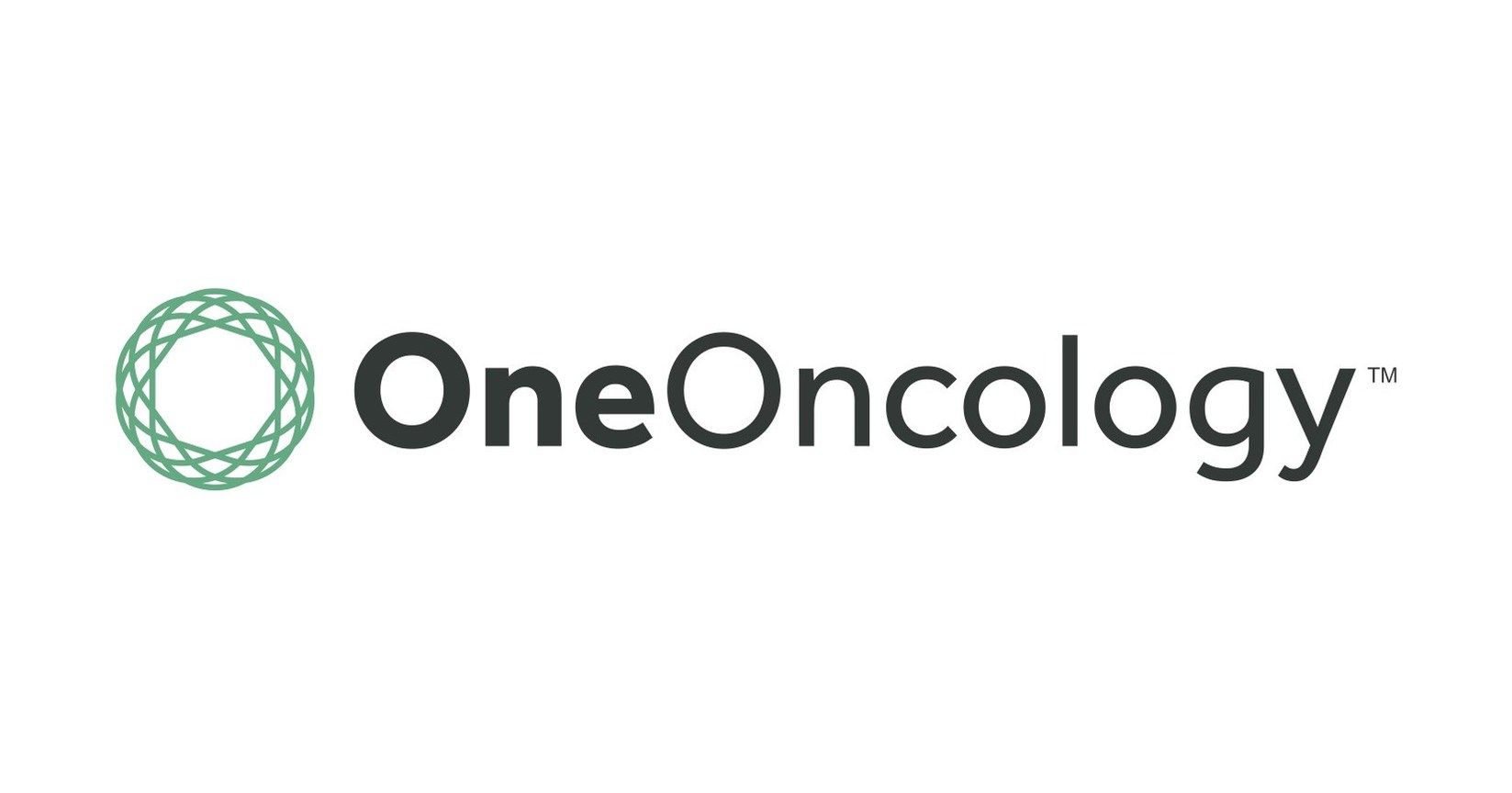Article
Including Drug Prices in TV Ads May Deter Consumers From High-Priced Drugs
Author(s):
According to a new study, requiring drug price disclosures in television ads could significantly influence consumer thinking and behavior, especially for expensive drugs.
Among other efforts to lower drug prices in the United States, the Trump administration has proposed requiring the inclusion of a drug’s price in television direct-to-consumer pharmaceutical advertising. According to a new study, these drug price disclosures could significantly influence consumer thinking and behavior, especially for expensive drugs.
However, the study also found that this effect was mitigated when the ad mentioned that patient out-of-pocket costs for the drug would be zero because of insurance and other discounts.
The Trump administration announced the proposal in October 2018, calling for the posting of wholesale acquisition costs of drugs that cost more than $35 a month. The rule did not require the price to be included in the ad’s voiceover. The Pharmaceutical Research and Manufacturing Association, the pharmaceutical industry’s main lobbying group, has criticized the proposal on First Amendment grounds.
The study, published in JAMA Internal Medicine, recruited 580 participants who ranged widely in age, socioeconomic status, education, insurance coverage, and health status. Instructed to pretend they had recently been diagnosed with type 2 diabetes, participants were randomly assigned to view 1 of 5 ads for a fictitious diabetes prescription drug, Mayzerium.
One ad had no mention of the drug’s price, while the other 4 included a low ($50 per month) or high ($15,500 per month) price, representing the average wholesale prices of diabetic prescription drugs in 2016. Two of the 4 ads included a disclosure that “eligible patients may be able to get Mayzerium for as little as $0 per month.”
After watching the ad, participants measured their likelihood, on a scale of 1 to 7, of asking their physician about the drug, asking their insurer about the drug, researching the drug online, and taking the drug.
When participants watched the ads for the low-priced drug, with or without the modifier, their thinking and behavior were not altered. However, for the high-priced drug, participants were significantly less likely to ask their physician about the drug (5.12 vs 2.90), ask their insurer about the drug (5.01 vs 4.09), research the drug online (5.94 vs 4.92), and take the drug (4.93 vs 3.24) compared with participants watching the ad with no price listed.
However, these results were significantly mitigated when the modifier was included in the ad. Notably, the researchers wrote that participants did not perceive the low-priced drug as significantly less effective than the high-priced drug.
“Although many challenges remain in designing the ultimate FDA regulation, our results suggest that requiring pharmaceutical companies to disclose the price in direct-to-consumer pharmaceutical advertising can be potentially effective in reducing consumer interest in high-priced drugs, but the inclusion of modifiers in these disclosures can reduce or eliminate the influence of disclosure,” they wrote.
Reference
Garrett J, Tayler W, Bai G, et al. Consumer responses to price disclosure in direct-to-consumer pharmaceutical advertising [published online January 22, 2019]. JAMA Intern Med. doi: 10.1001/jamainternmed.2018.5976.




